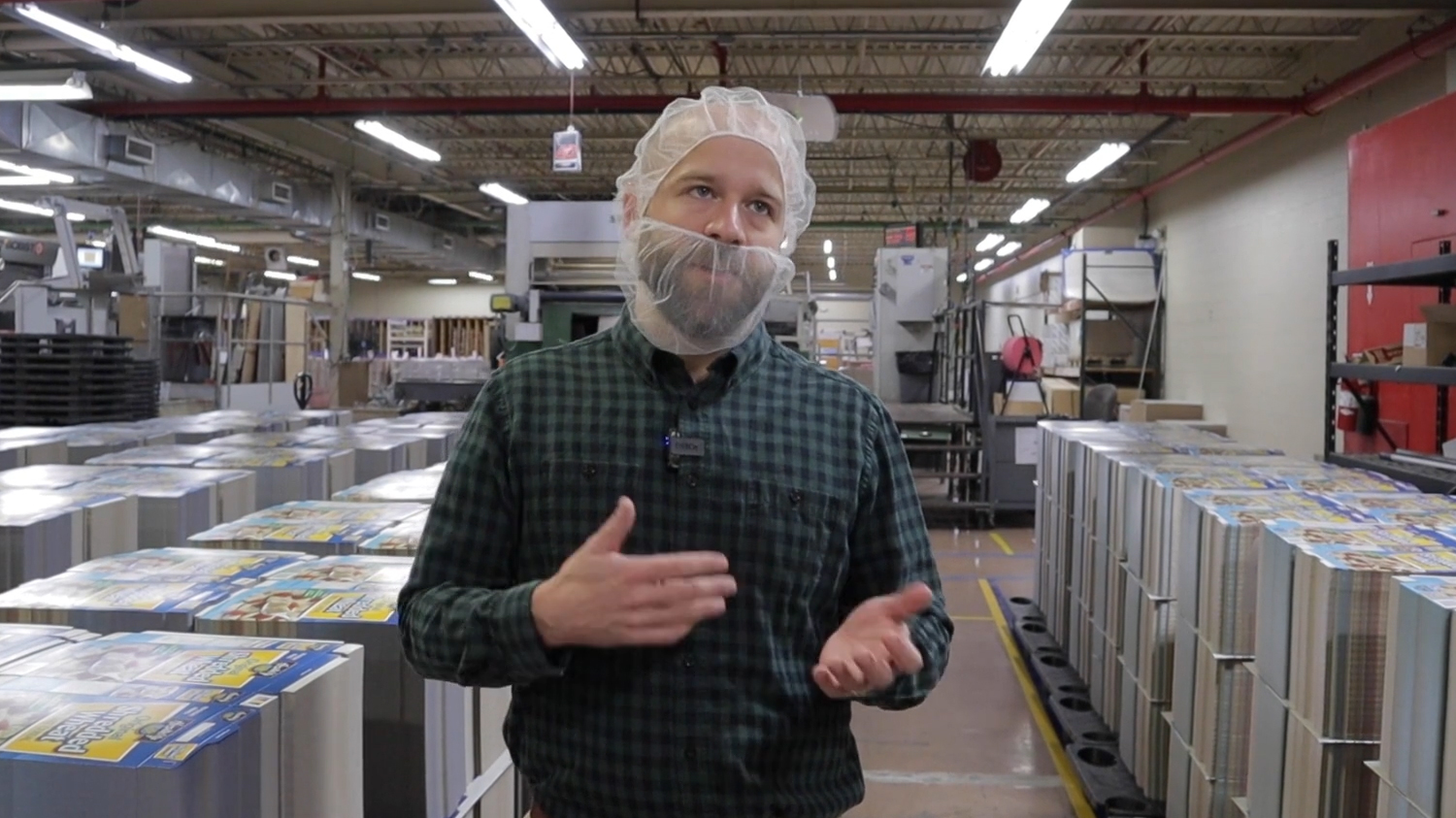Having enough inventory to support customer demand is essential to any business’s success. However, identifying how much inventory you should have at a given time is no easy task. Companies often run the risk of having too much inventory to the point where their goods are no longer sellable. Products at the end of their lifecycle are considered obsolete and can significantly damage a business’s bottom line. It’s important to understand the signs of inventory obsolescence, know what your options are if you encounter it, and key steps you can take to avoid obsolescence in the future.
What Is SLOB Inventory?
SLOB stands for slow-moving and obsolete inventory. It refers to items that either sell slowly and tie up capital or items that are already obsolete because they haven’t sold in a long time and are unlikely to sell. Slow-moving inventory is at risk of becoming obsolete, especially as the product’s lifecycle progresses.
What Causes Inventory Obsolescence?
There are both internal and external factors that drive inventory obsolescence. Situations outside a company’s control such as an economic downturn or supply chain disruptions can lead to SLOB inventory. However, companies do have power over several influencing variables.
Inaccurate or Lack of Demand Forecasting
Before companies decide how much product to order, they review metrics like sales data, market trends, lifecycles, and seasonality. Overestimating demand from these factors leads to excess ordering and slow product movement, which increases the risk of products becoming obsolete.
Poor Inventory Management
Tracking inventory in real-time is essential. Companies have to know what items are selling and what items are taking up storage so they know how much product to make and when. Without inventory management, businesses may overorder and end up with obsolete inventory.
High Minimum Order Quantities (MOQs)
Many packaging companies set MOQs for the minimum number of units a customer can order. Some packaging companies set very high MOQs, meaning businesses may have to purchase cartons that we don’t need or won’t use for months.
What Can You Do With Obsolete Inventory?
Unfortunately, businesses don’t have a lot of options when it comes to SLOB inventory. If items are slow-moving but still being sold, businesses may want to consider putting items on sale to entice customers to buy. Otherwise, truly obsolete inventory should be written off as excess stock for a loss on financial statements.
How to Avoid Obsolete Inventory
Though businesses can’t really avoid external factors, they do have control over internal ones.
Improve Demand Forecasting
Focus efforts on closely reviewing data SKUs to more accurately predict demand. Identify how quickly products are selling, how many days of inventory are remaining, and how current demand compares to previous demand. All of this and other relevant information must be reviewed and monitored before making purchasing decisions.
Choose a Packaging Partner Carefully
A good packaging partner emphasizes customer service and works very closely with its customers. A customer-focused packaging company may offer manufacturers more flexibility or control over their orders, allowing customers to purchase as many or as few packaging units as they need. Likely, these partners will have lower, more reasonable MOQs and other programs that don’t cause companies to overorder.
MTA Manufacturing
Make-to-availability (MTA) manufacturing is a process that combines aspects of MTO (make-to-order) and MTS (make-to-stock) in an effort to decrease lead times and reduce obsolescence. Through MTA, manufacturers maintain a constant level of stock that allows for customization while forecasting demand trends. This allows clients to make changes to orders, like graphic adjustments, without making their ordered packaging obsolete.



